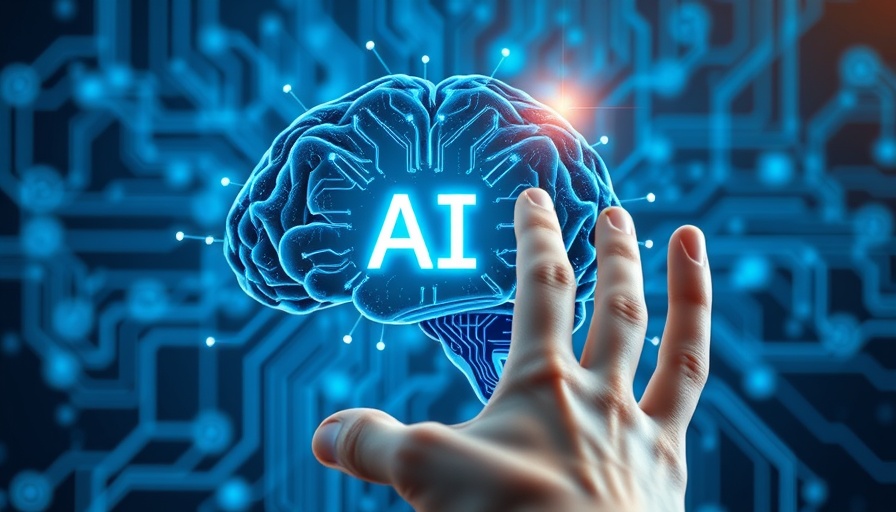
Unleashing the Power of Code Generation with Zencoder’s AI
In the world of software development, efficiency is key. Zencoder has introduced a Command-Line Interface (CLI) edition of its AI agent designed to generate code automatically, aiming to streamline and optimize the process for developers. This innovation does not just enhance the coding workflow; it signifies a transformative step in the delivery of software. As we delve deeper into this technology, it’s important to understand how it integrates into the broader landscape of DevOps practices.
Historical Context: Evolution of Code Generation Techniques
The journey of code generation has evolved significantly over the decades. Initially, developers relied heavily on manual coding, a labor-intensive process that often led to inconsistencies and bugs. Automated tools emerged in the early 2000s, but they lacked the intelligence and adaptability needed for modern applications. Zencoder’s new CLI edition exemplifies the evolution from basic automation to intelligent AI-powered coding. This jump forward aligns with the growing trend in Agile DevOps, where efficiency and rapid iterations are paramount.
Real-World Applications: Impact on Developers and Agile Teams
The introduction of Zencoder’s AI agent offers tangible benefits for development teams. Automated code generation means that developers can focus on higher-level tasks such as design and architecture, leaving repetitive and mundane coding to the AI. For Agile teams employing DevSecOps practices, this integration can accelerate development cycles and enhance security measures through consistent code-checking. The potential for increased productivity empowers developers to innovate and deliver features faster than ever before.
Counterarguments: Skepticism Towards AI in Coding
While the advantages of automated coding are clear, there are inherent concerns. Skeptics argue about the reliability of AI-crafted code, fearing it could introduce bugs or security vulnerabilities. Furthermore, the creativity often required in coding might be stifled if developers become overly reliant on AI solutions. Addressing these concerns will be crucial for Zencoder and others in the industry as they continue to refine AI capabilities and build trust with the coding community.
Tags and Technologies: Driving Agile Practices Forward
The implementation of Zencoder’s CLI tool intersects significantly with the broader practices of DevOps and Agile methodologies. As Agile practices encourage continuous feedback and iterative development, having a tool that dynamically generates code can foster a quicker developmental feedback loop. Integrating AI tools aligns with Agile principles by promoting collaboration, continuous improvement, and rapid deployment, ultimately leading to an Agile-DevOps synergy that enhances project outcomes.
Future Predictions: A Shift Towards Intelligent Automation
As we look ahead, the evolution of AI in code generation is only beginning. Zencoder’s CLI edition is a precursor to a future where coding itself could become significantly less time-consuming. We can anticipate more refined and sophisticated versions of AI agents that learn from each environment they work in, creating not just lines of code, but systems and solutions tailored to specific project needs. This progression highlights a necessary shift toward intelligent automation, allowing developers to become architects of innovative solutions instead of mere code writers.
Actionable Insights: Embracing the AI Revolution
Developers and teams should consider embracing AI-driven tools like Zencoder to optimize their workflows. By integrating such innovative software, teams can allocate resources more effectively and enhance their project dynamics. For those immersed in Agile and DevSecOps cultures, the new CLI can help alleviate bottlenecks and free up time for creative and strategic initiatives. The future of software development is evolving, and those who adapt will certainly gain a competitive edge.
 Add Row
Add Row  Add
Add 




Write A Comment